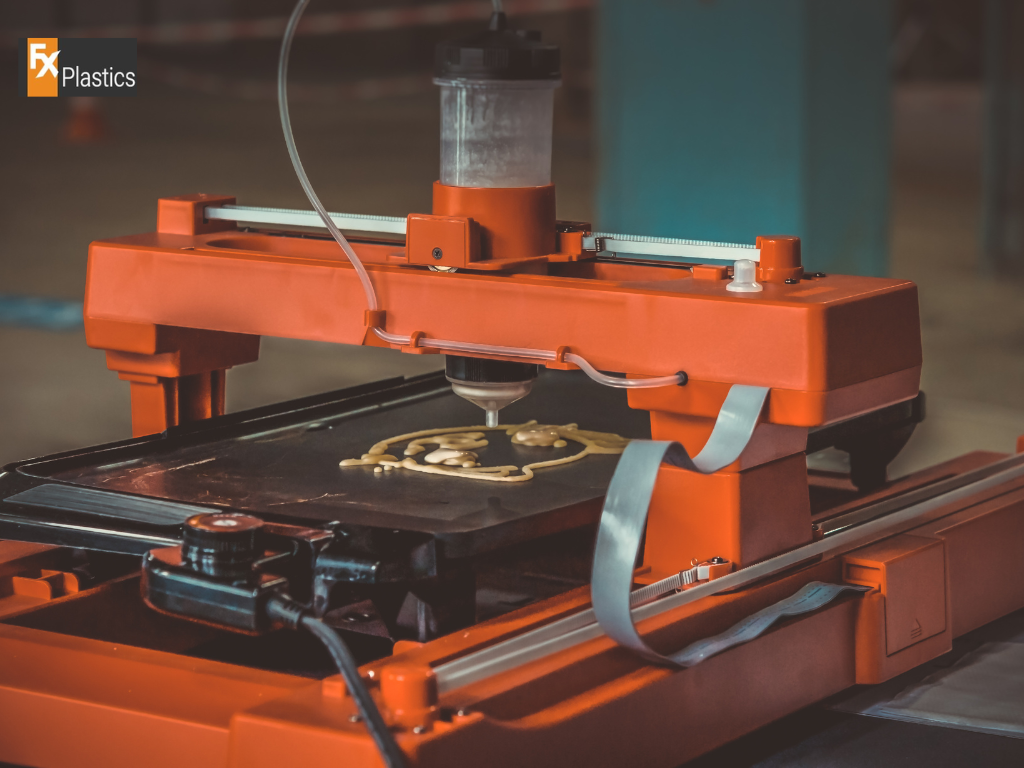
Defining Thermal Properties in the Context of Acrylic Sheets Thermal properties in acrylic sheets are characterized by their response to heat and cold. Acrylic’s ability to withstand varying temperatures without losing its structural integrity or clarity is examined, making it a versatile material for multiple applications.
The importance of thermal considerations is underscored when acrylic sheets are used in environments subject to temperature variations. These considerations are crucial in ensuring that the acrylic performs as intended over its lifespan, regardless of thermal stress.
Acrylic sheets are known for their wide range of temperature tolerance. The material’s performance under extreme temperature conditions is investigated, revealing its suitability for both indoor and outdoor applications.
The relationship between acrylic sheets and their thermal environment is complex. It is observed that while acrylic can endure substantial temperature variations, sudden changes can affect the material’s dimensions and strength, necessitating careful planning in its use.
The reaction of acrylic sheets to thermal changes involves expansion and contraction, which is typically predictable and consistent. The magnitude of this reaction is proportional to the temperature change and the dimensions of the sheet.
Strategies for predicting and measuring acrylic’s thermal movement include the application of established coefficients of thermal expansion. These coefficients are employed to calculate the expected dimensional changes with temperature fluctuations, allowing for precise design and application.

In the design phase, consideration for the thermal expansion of acrylic sheets is essential. Space for expansion should be planned within the design to accommodate the material’s response to temperature changes. Guidelines are established to define clearances around fixed points to prevent warping or cracking.
For structural integrity, designs are recommended to include flexible joints or framing methods that allow movement. The use of slots for screws rather than holes, and the incorporation of elastic adhesives, can be observed in well-planned designs to allow for the natural thermal movement of acrylic sheets.
Installation practices for acrylic sheets take into account seasonal temperature shifts. Panels are installed with allowances for expansion and contraction, ensuring that the sheets can move without stress. The use of oversized holes for fixings and gaps at joints is employed to prevent buckling.
To ensure the longevity of acrylic installations in variable weather conditions, protective measures against UV exposure and temperature extremes are implemented. Sealants and UV-resistant coatings are applied to acrylic sheets to maintain their clarity and prevent degradation over time.
The selection of materials to be used in conjunction with acrylic sheets is performed with thermal compatibility in mind. Metals, woods, and other plastics with similar thermal expansion rates are chosen to match with acrylic, reducing the risk of material fatigue or failure at connection points.
Understanding the thermal interactions between acrylic and other materials involves studying their respective coefficients of thermal expansion. The differential rates of expansion can result in stress at the interface of different materials, thus materials are selected and engineered to accommodate these differences while maintaining the structural and aesthetic integrity of the installation.
To minimize thermal stress in acrylic applications, careful techniques are employed both during and after installation. These include gradual temperature changes during the acclimatization of acrylic sheets to new environments and allowing for adequate spacing in design to accommodate expansion and contraction.
Material treatments and modern technologies are applied to enhance the thermal resistance of acrylic sheets. These may involve special coatings that reduce thermal absorption or advanced manufacturing processes that increase the material’s tolerance to temperature variations.
Routine Checks and Care Tips for Acrylic’s Thermal Maintenance Routine maintenance checks are advised for the upkeep of acrylic sheets. Care tips often include regular inspections for signs of thermal wear, such as warping or cracking, and the application of appropriate sealants to maintain the material’s resilience against temperature changes.
When common thermal issues arise, troubleshooting steps are taken to address potential problems with acrylic sheet installations. This includes adjusting the fit and spacing of the acrylic or repairing any compromised seals that may contribute to thermal stress.
Advances in material science are continuously improving the thermal handling of acrylic sheets. These advancements are observed in the development of new acrylic composites with enhanced thermal stability and reduced expansion rates.
Future developments in the thermal properties of acrylic products are anticipated with interest. Researchers and manufacturers are engaged in innovating and testing new formulations that promise to further improve the performance of acrylic sheets in response to thermal challenges.
Proper thermal management is essential for maximizing the performance and longevity of acrylic sheets. By implementing strategic design, installation adjustments, and regular maintenance, the effects of thermal expansion and stress can be effectively mitigated. As material science progresses, the future for acrylic applications looks promising, with ongoing innovations expected to enhance their thermal resilience.
More Blog

When people hear Design and Fabrication, they often think of big metal structures. But in

Laser cut acrylic has become one of the most popular materials for custom projects. Its

Acrylic sheets are a go-to choice for many companies across Western Sydney. They are strong,

When it comes to choosing a perspex sheet sydney customers often ask the same question—should